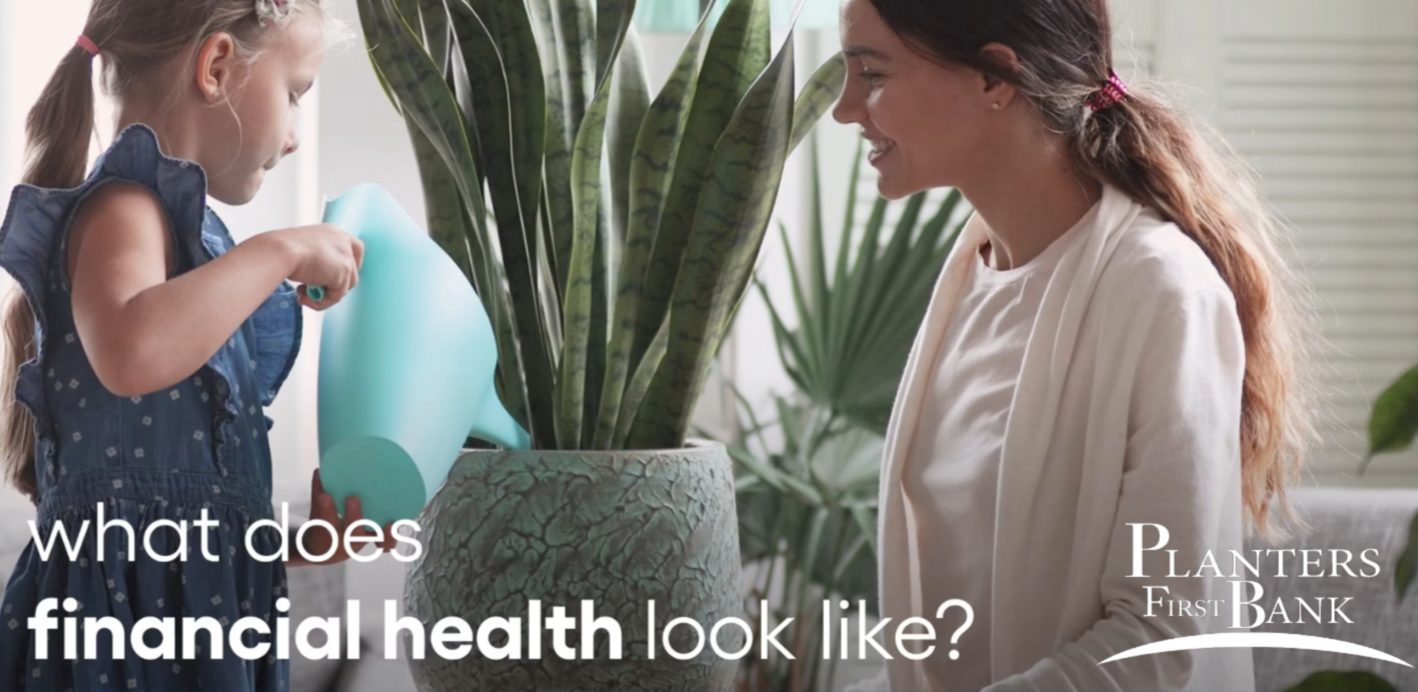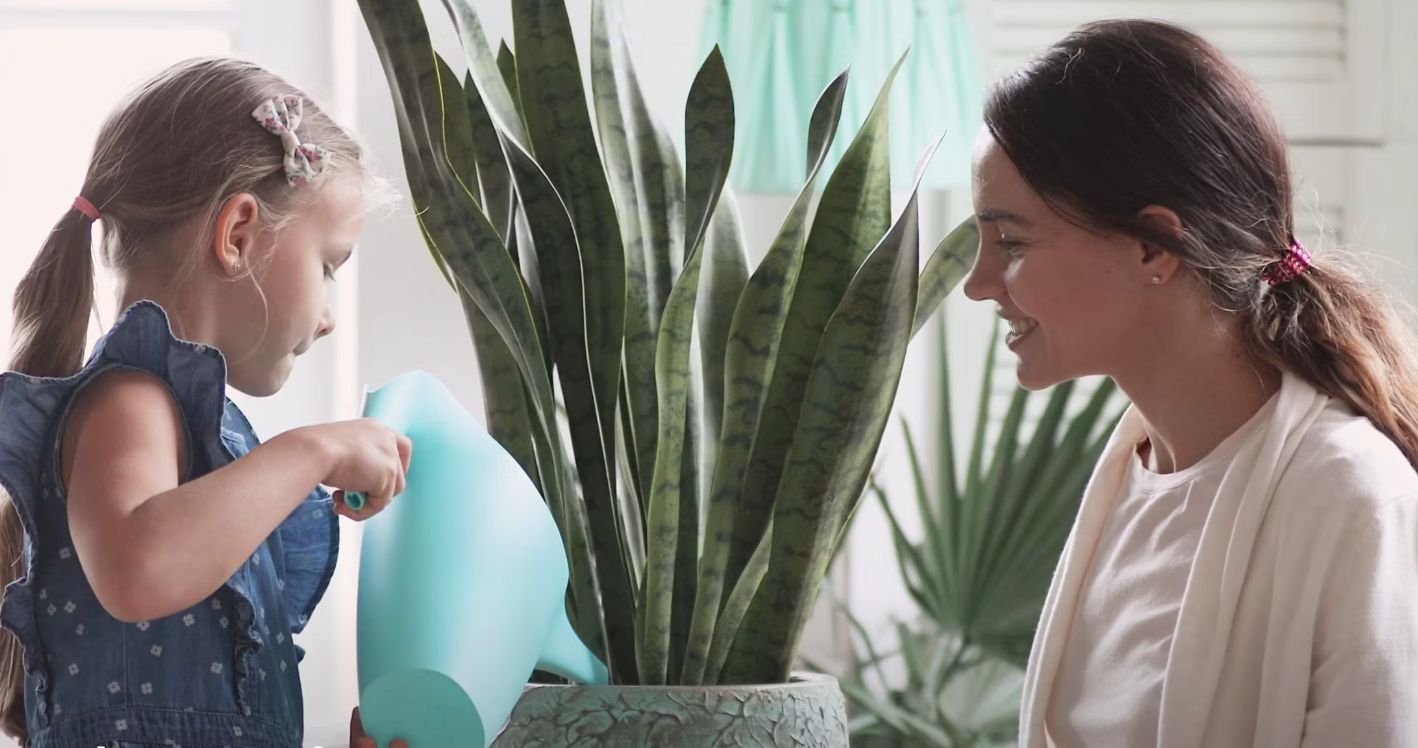 Is it paying bills on time, robust savings, a retirement fund, or affording a new car?
Is it paying bills on time, robust savings, a retirement fund, or affording a new car?
Whatever financial health means to you, it starts with getting your finances in order.
It’s easy to think that keeping track of your account balances is all you need to do to stay on top of your finances. But that is no longer true. Today, accounts are spread across multiple financial relationships.
Where is your money going? To figure that out, you need to include savings and checking accounts, and credit cards. You also need to look at things like your Starbucks app, Apple / Samsung Pay, Amazon Prime, Netflix, Venmo, PayPal, and your retirement account. Suddenly, you realize how challenging it can be to really stay on top of your finances.
Sustainable financial health requires a holistic approach – putting all the pieces of your finances together.
Landing Page: Financial Health Video
Financial Health Tips To Help You On Your Way
- Create a workable budget – look at how much is coming in and how much is going out. Look at the full picture of your income by including salary/wages, bonuses, alimony, interest etc.
Now you need to fully know your expenses. Start by adding up your childcare, credit card, payments, mortgage/rent, food, utilities, insurance, etc. Remember to include your automatic payments!
With that done, you’ll have a better understanding of your finances.
- Track your spending habits – it goes without saying that most of us need to pay attention to what we spend. Being mindful of spending habits can help keep us on track to meet goals for retirement, savings, vacations, and even that new fridge.
Beyond your essentials, what do you spend on? Eating out, movies, travel? Understanding your spending habits will help you plan your budget. It also helps you make sound decisions the next time you’re craving take-out.
- Build an emergency fund – it’s not always easy to make savings a priority, even when we know how important it is.
Even a small amount put away each pay period can add up over time. Even better, set it up as an automatic withdrawal. An automatic withdrawal into an emergency fund means you don’t see it and don’t need to touch the money – until you need it.
- Plan for the future – with your finances organized, planning for the future comes next. What do you need for your new car, home, or retirement? How do you get there?
With your budget fully in mind, start looking at how you can make saving for your future your priority.
- Success step-by-step – Your aren’t alone if you dread thinking about your finances. Trying to look at the big picture all at once can seem overwhelming, so start by taking one step at a time. Step 1. add up income; step 2. figure out expenses; step 3. create a budget; step 4. set up alerts and more to help track your spending.
Financial health is a process and there is no silver bullet – even winning the lottery doesn’t guarantee it! Taking steps to really know where your finances stand is the best way to a healthy, and happy, relationship with your finances.
So, what does financial health look like to you and how can we help you get there? Planters First Bank’s Digital Banking can help you get financially healthy.

